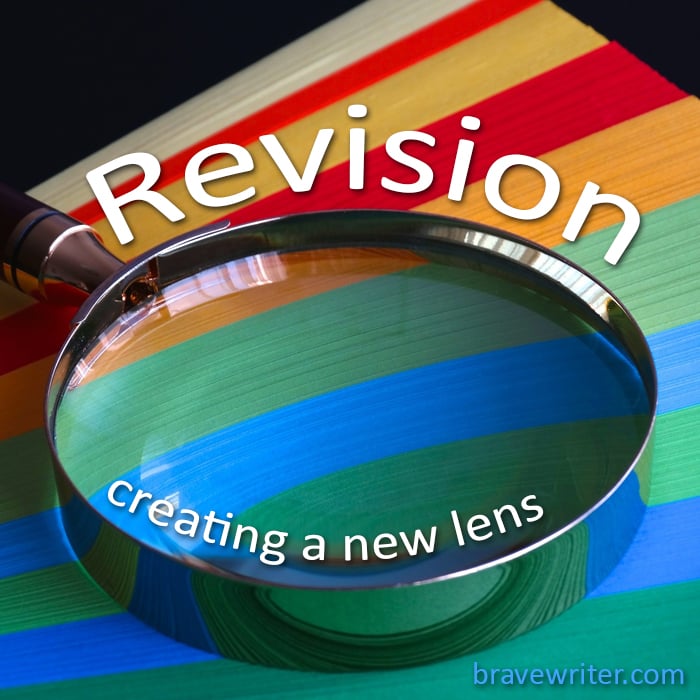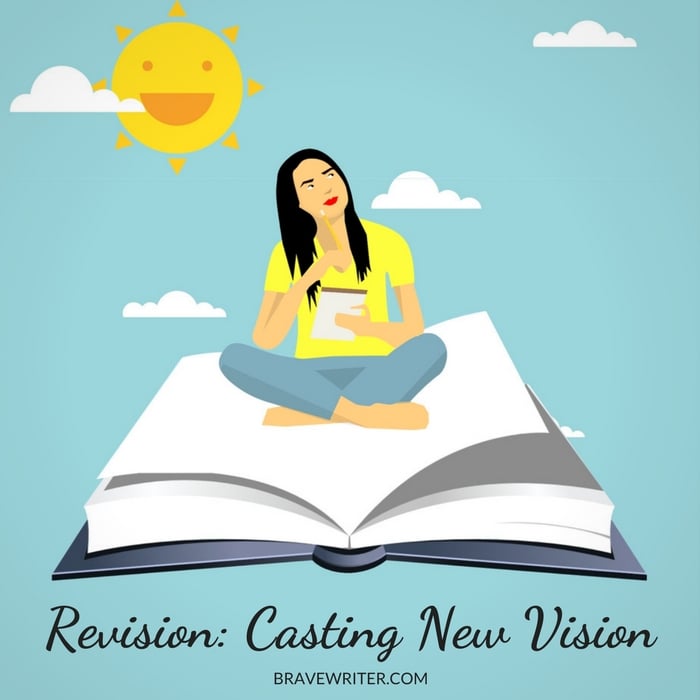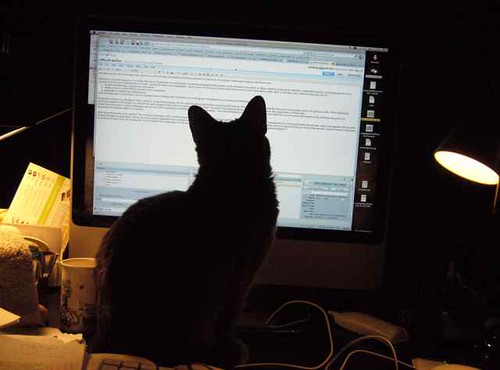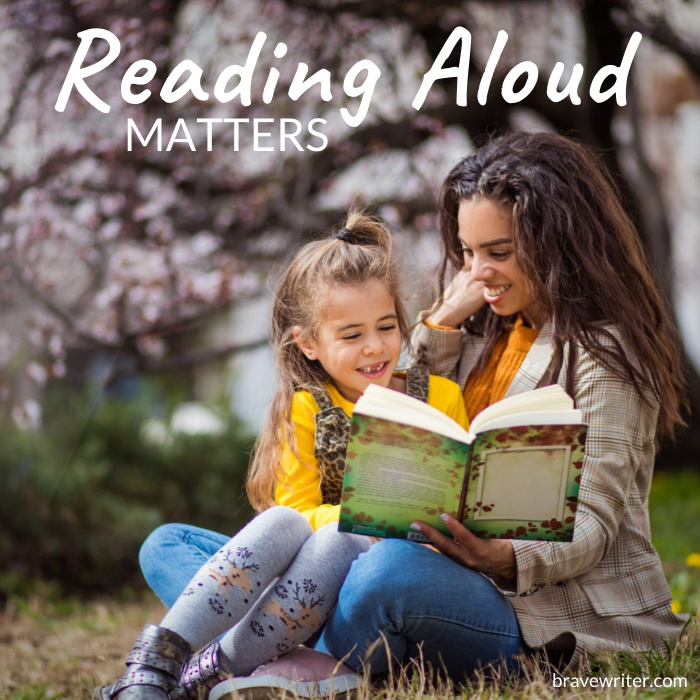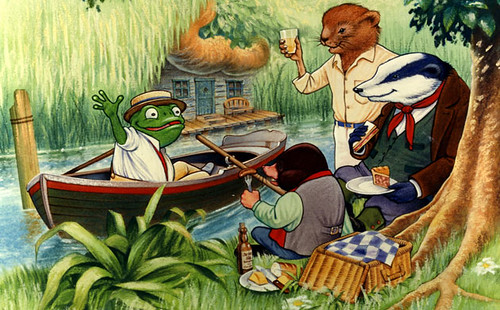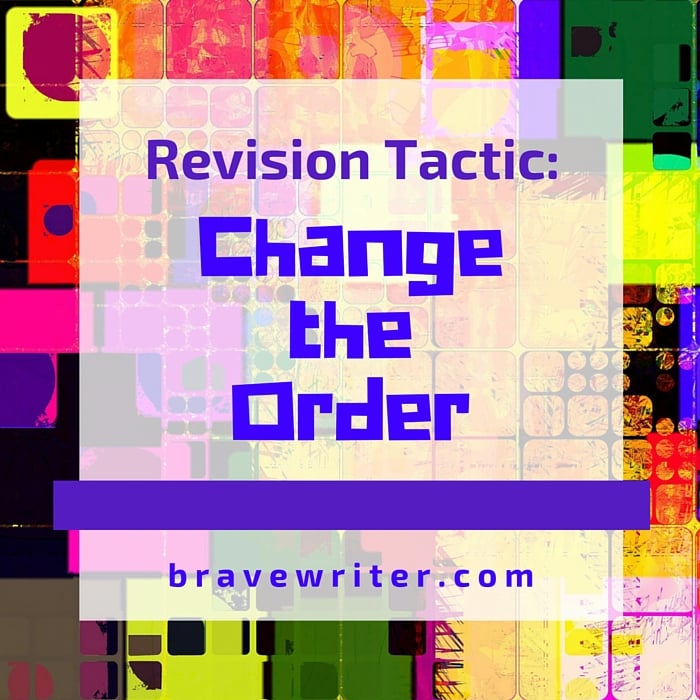
Brave Writer mom Jane sent us her 17-year-old son’s rewrite using the Wacky Revision Tactic of changing the order. We are so impressed!
Here’s the original freewrite:
Today I fixed my IPad that was having problems since I forgot my password and locked myself out of the IPad so we had to go on ITunes to fix it first I connected the IPad second I logged into ITunes Third I turned on the IPad so it could connect to the Computer after that it was a matter of waiting until it was finished restoring everything after that it was just putting in the information in so I could access the IPad after that Wala I know could use my IPad that took about two days of fixing
And here’s his awesome rewrite:
Finally! After such a long time, I am able to access my iPad. Before this happened, I had just gotten the iPad all brand new and shiny. Then, I followed the instructions to start it, but the one thing that messed me up was forgetting the 4 digit passcode. Since I made that mistake, I tried searching on Google to see if other people had this problem happen to them, but there was very little information about it, and if there was, it was usually for the new iPad 2. So, my sister tried going onto iTunes and downloading all the information it lost back on to it, but after several tries, it didn’t work. So, I tried the same process on my computer, and it worked! After half an hour of waiting, I finally got the information back into the IPad and wrote down my 4-digit passcode so I could remember if I forgot it again.
Great job! You can really hear his voice in this! Helping a young person establish his or her voice is one of the first steps toward quality writing, and trying a wacky revision tactic can be a useful tool for unleashing that unique inner perspective.

